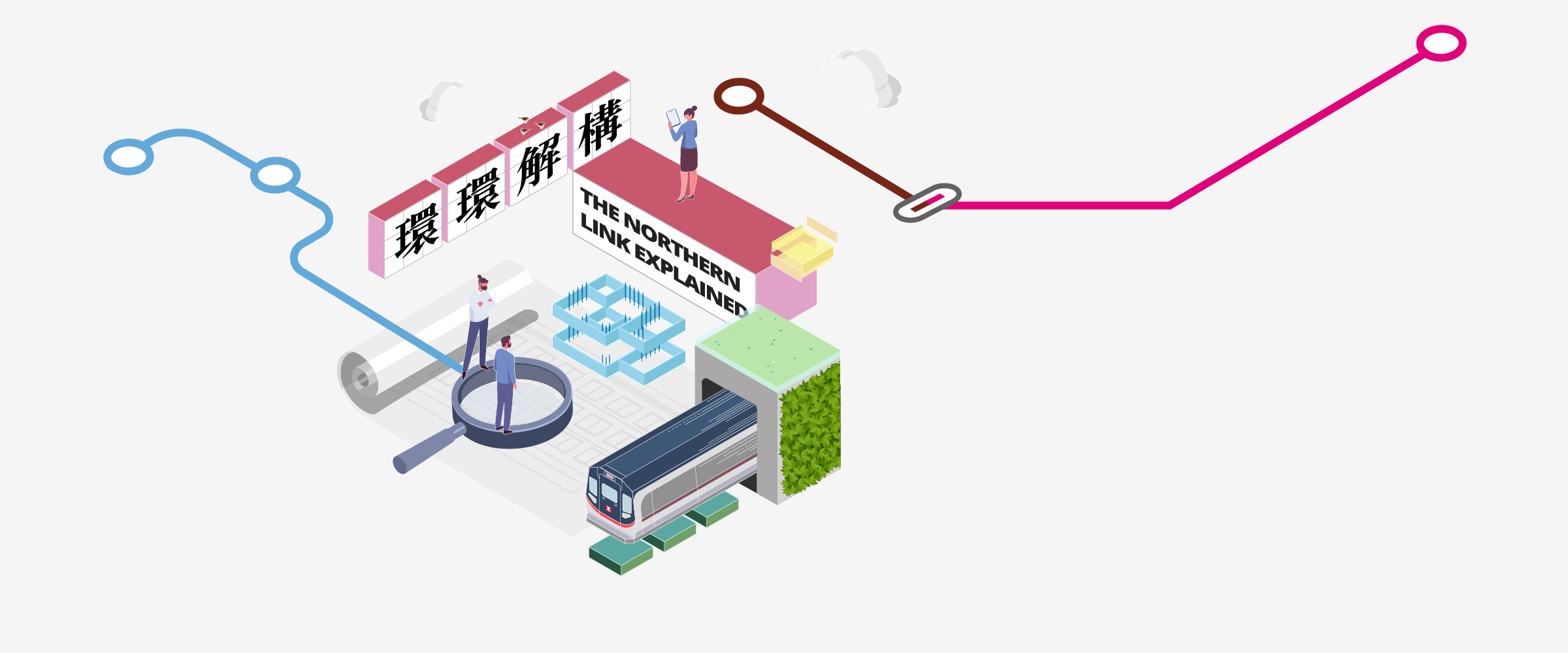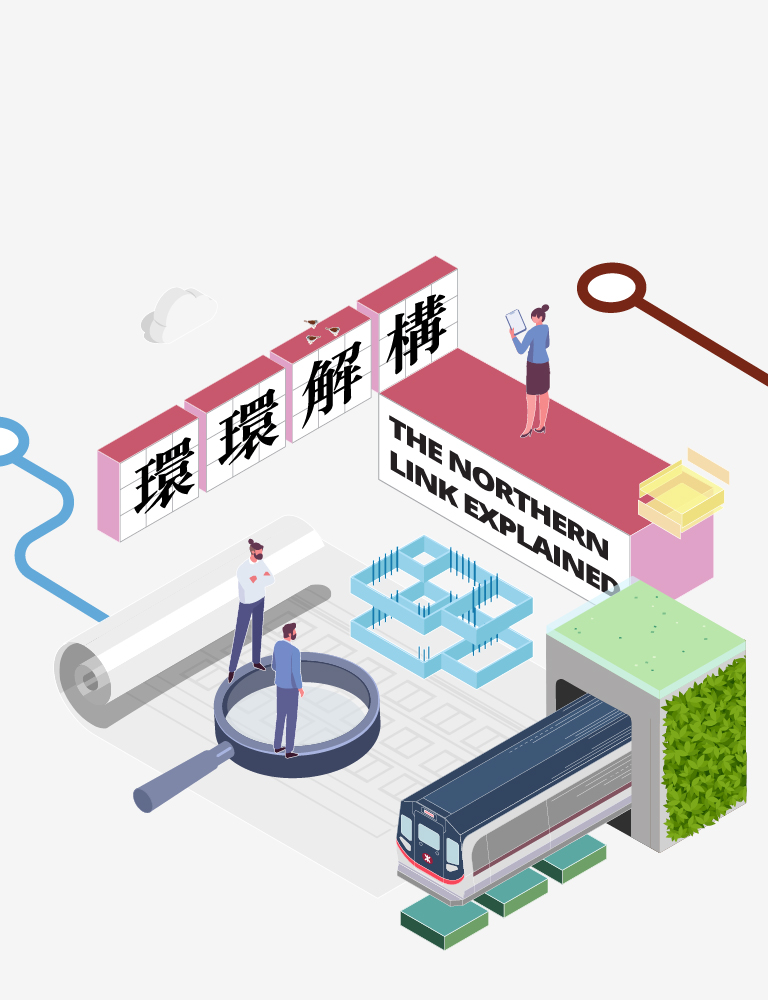
Did you know?
How will the project be funded?
There are two financing approaches for new railway projects in Hong Kong.
Under the "concession" approach, the Government funds the construction of the new railway under the Public Works Programme, bears the associated construction risks of the project and ultimately owns the railway. In parallel, the railway company will be granted a service concession to operate the railway and needs to make service concession payments to the Government according to the profits made from the railway operation.
Under the "ownership" approach, the railway company is responsible for the financing, design, construction, operation and maintenance of the new railway and ultimately owns it. Although developing new railways is beneficial to the development of our society, not every railway project is financially viable, given the substantial capital investment involved. If the railway project is not financially viable, the Government will provide subsidies to bridge the funding gap. This includes granting property development rights on top of the stations along the railway to the railway company, also known as the "Rail plus Property" development model. After receiving government funding, the railway company will assume all the commercial risks associated with the new railway’s design, construction, operation and maintenance. Even if the future revenue of the new railway is much lower than projected, the Government is not obliged to provide further subsidies to the railway company.
Based on the "ownership" approach for funding the Northern Link project, the MTR Corporation is currently in discussion with the Government on the financial arrangements and funding options to achieve financial viability.
Is it value for money?
The construction cost of a railway project includes planning, design, environmental assessment and construction works, etc. When estimating the project cost, we will also consider the costs arising from the complexity and challenges unique to the project.
Take the Northern Link project as an example. The challenges include carrying out construction works while maintaining normal operation of the East Rail Line. The works will require renovation and protection of existing railway facilities simultaneously during non-traffic hours, which may be less than a few nights per week and a few hours per night after deducting the time needed for the daily inspection and maintenance for operations. Therefore, it takes longer to plan, coordinate and communicate the construction arrangements in advance. In addition, the project team has to balance various factors, such as overcoming construction challenges, ensuring the sustainability of the surrounding ecology, considering project progress and responding to the expectations of many stakeholders. Nevertheless, we will strictly supervise and monitor work quality while actively managing the expenditure and costs to ensure the resources are prudently used during project delivery.
The Northern Link enhances connectivity between the east and west of the New Territories and saves travel time for the public. It also unleashes the development potential of the land along its alignment, stimulating housing supply and creating more employment opportunities, thereby bringing the society significant direct and indirect economic benefits.
Why construct Kwu Tung Station first?
The Northern Link will connect Kwu Tung and Kam Sheung Road stations with three intermediate stations at San Tin, Ngau Tam Mei and Au Tau.
Compared with the construction of Kwu Tung Station on the East Rail Line, the Northern Link has a wider geographical coverage; therefore, we will need to consult more stakeholders. Moreover, as the construction works are relatively complex, involving many technical considerations, it is expected that the Northern Link construction would take longer to commence. We understand the public expects the new railway and stations could be put into service as soon as possible. Further to our study, part of the tunnel structure works at Kwu Tung Station on the East Rail Line were constructed during the construction of the Lok Ma Chau Spur Line, making it easier to use the cut-and-cover construction method to build the platforms, concourse and entrances of Kwu Tung Station on the East Rail Line and therefore minimising the impacts of the relevant construction works on the operations of the East Rail Line.
With these earlier works, it is feasible for Kwu Tung Station on the East Rail Line to commence and complete construction sooner than the Northern Link and its stations, thereby facilitating the travel of the public and community development.
Learn more

Looking forward?
At the invitation of the Government, the MTR Corporation is currently working on the planning and design of the Northern Link project.
Also, at the request of the Government, we are studying the feasibility and benefits of constructing the Northern Link Spur Line. The proposed Northern Link Spur Line will connect San Tin to the new Huanggang Port in Shenzhen, passing Chau Tau and the Hong Kong-Shenzhen Innovation and Technology Park in the Lok Ma Chau Loop. We will submit the relevant technical and financial proposals as soon as practical so that the Government can consider the way forward for this project in due course.
We are very much looking forward to contributing to the development of future railway projects, including the relevant infrastructure in the Northern Metropolis, and driving the long-term development of Hong Kong. As always, we will maintain close communication with the Government and provide our full support to the Government’s plan to take forward new projects.













